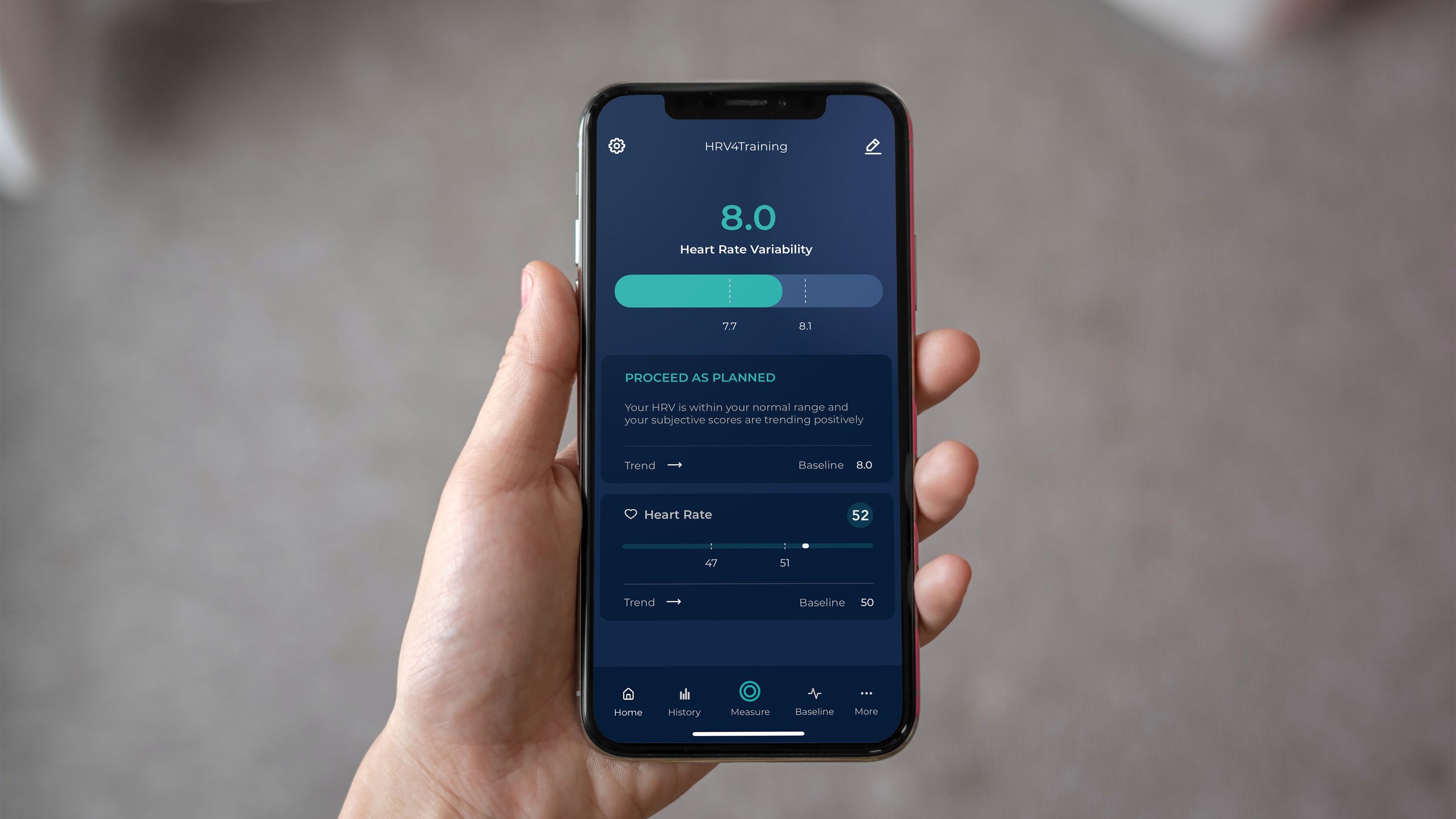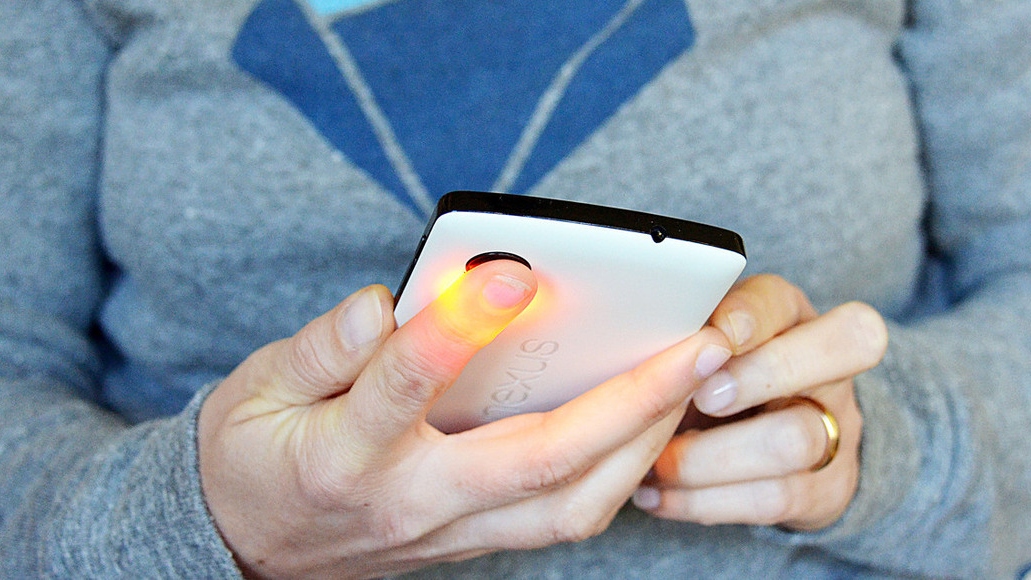Following A Training Plan? This HRV App Can Tell You If You’re Ready To Train Each Day
The HRV4Training app measures the stress on your body and is a lot cheaper than getting a device like an Oura ring

One of the biggest new features that has come to wearables over the past couple of years is heart rate variability (HRV) tracking, and using this to gauge the stress on your body and how ready it is to exercise.
The Oura ring was the first device I tested to really make this “readiness” measurement useful, tracking your HRV overnight and using it, along with other factors, to give a readiness score every morning so you can judge if you should do a hard workout. It’s also used across many of the best sports watches, especially high-end models from Garmin, with its training readiness score tying together lots of activity and recovery stats, including HRV.
However, getting an Oura ring or a Garmin that gives you this data is expensive, and they might not be giving you perfect data anyway, especially since Garmin watches have a habit of overestimating time asleep.

I’m currently in the middle of a marathon training block for the London Marathon, and I’ve been testing several methods of tracking my readiness at the same time—an Oura ring (3rd generation), the training readiness score from a Garmin Epix Pro watch, and the HRV4Training app (App Store and Google Play).
With the ring and the watch I wear them overnight and they give my readiness score in the morning, using an average of my HRV measured overnight set against my baseline, which takes several weeks to establish.
You also need to set a baseline with the HRV4Training app, but the measurements are done differently—you take it in the morning using the camera on your phone (you can also link a chest strap heart rate monitor if you prefer). You hold a finger over the camera and the flash is used to take a reading of your heart rate and HRV.

This morning HRV measurement needs to be consistent to get the most useful information from the app, with the advice being to take the measurement first thing, sitting up in bed. It takes a minute as standard, but you can set the measurement to take longer, which might make for a more accurate reading. Even a minute sometimes proved a bit tricky for me if woken up by my kids, but I was able to fit it in at the same time each morning.
Sign up for workout ideas, training advice, reviews of the latest gear and more.
Along with the measurement, the app asks you to fill out a short questionnaire regarding your recent training, any muscle soreness or mental fatigue, and whether you drank alcohol the night before. You can link apps such as Strava to the HRV4Training app to pull your training in automatically.

After you finish the questionnaire you are given your HRV score and advice on whether it is within your baseline, and whether you should proceed as planned with your training that day, or limit how hard you work.
It’s a simple app to use once you get the knack of positioning your finger on the camera correctly, and I have found the readings and advice to be comparable to the data from the Oura ring. I also like the questionnaire, which makes you aware of your alcohol intake in particular, and the fact the measurement is taken in the morning makes it feel directly applicable to my upcoming training that day.
The HRV4Training app is a lot cheaper than the best watches and wearables to give readiness info, and the fact you don’t have to wear a watch or even a ring overnight will appeal to some people. It costs $9.99/£9.99 as a one-off fee, though there is a pro version that gives you access to a web platform for more insights into your measurements.

Nick Harris-Fry is a journalist who has been covering health and fitness since 2015. Nick is an avid runner, covering 70-110km a week, which gives him ample opportunity to test a wide range of running shoes and running gear. He is also the chief tester for fitness trackers and running watches, treadmills and exercise bikes, and workout headphones.
